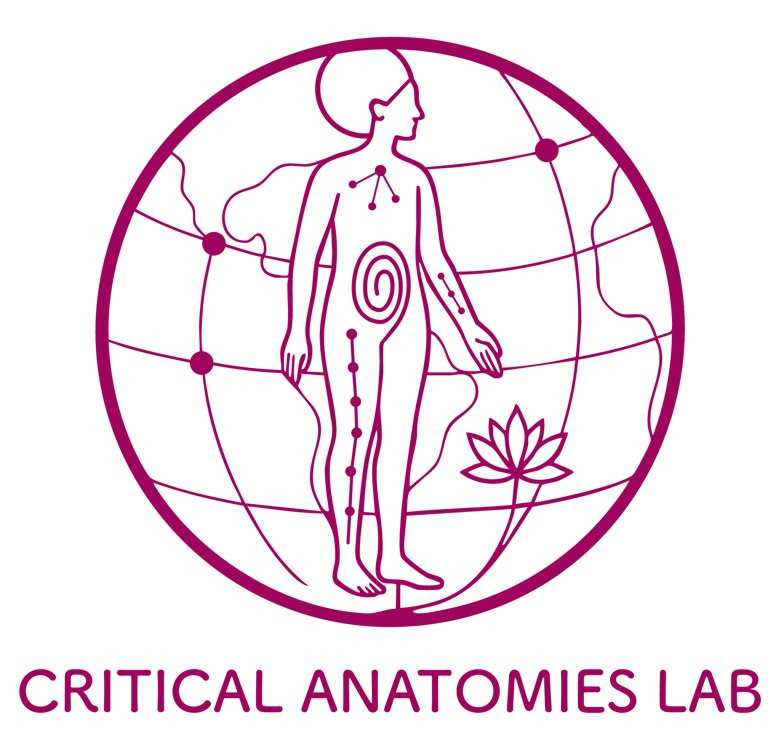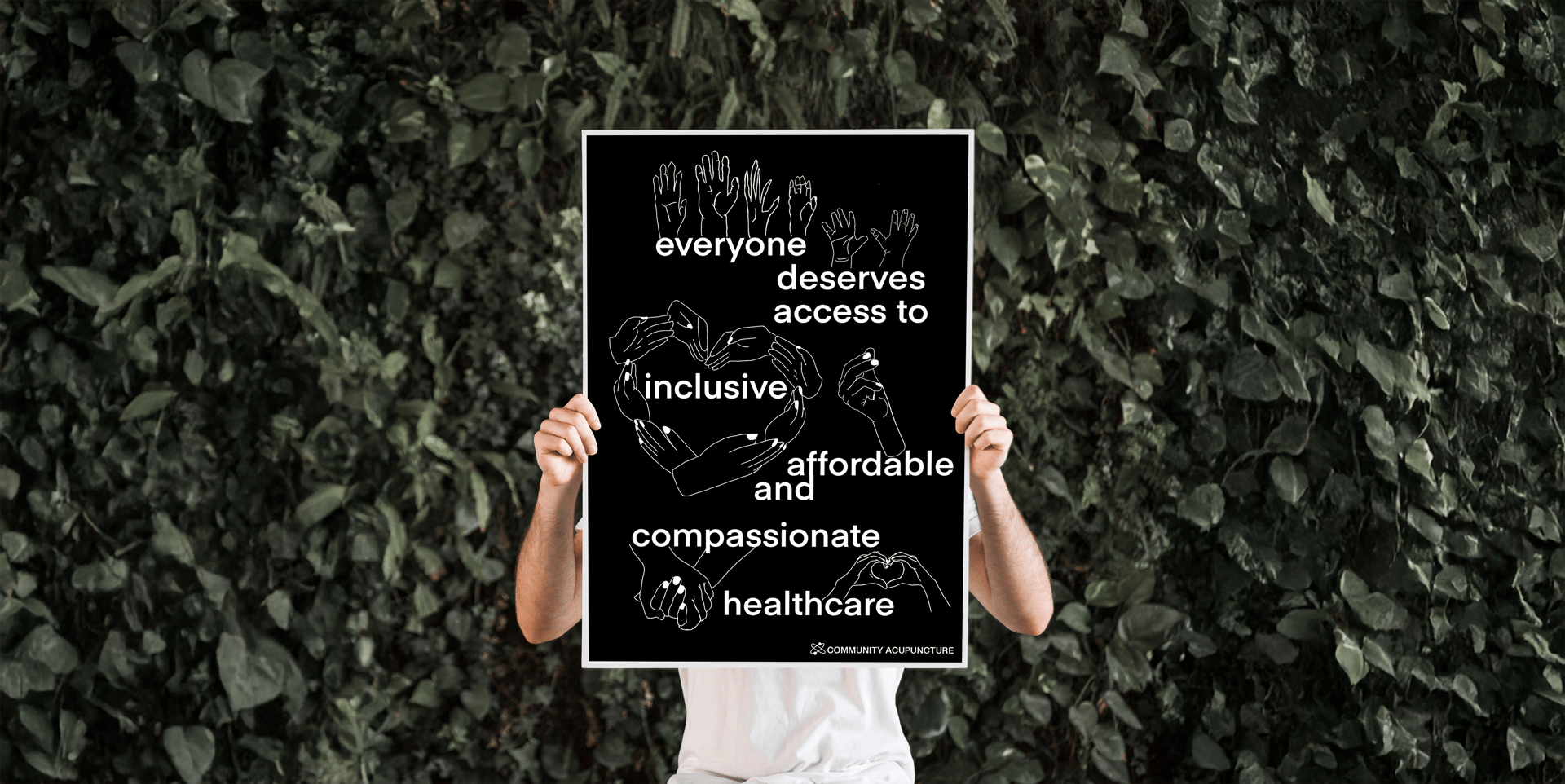Community acupuncture as a living design system
In the midst of our healthcare crisis (a design crisis), community acupuncture is a life project: It is invested in the relational dimension of life.
But what does that mean?!!
Let's first look at how Community Acupuncture stands for tackling long-standing sources of our healthcare crisis:
"Liberation Acupuncture is a conceptual framework for acupuncture that affirms that individual health and disease do not exist, and cannot be understood or addressed, apart from social conditions – particularly injustice, inequality, and the pervasive influence of traumatic stress" (Lisa Rohleder).
Community Acupuncture is therefore a life project because it is rooted in the task of reconnection: restoring relationships between people, their bodies, and their environments. In all forms of design, this means foregrounding community, intimacy, and place, to repair the damage wrought by an ontology of disconnection and oppression.
Below are four statements of design in its ontological dimension. We can replace “design” with “community acupuncture” in each, and understand how Community Acupuncture is one of the best-case scenarios for rethinking design from the vantage point of relationality and vice versa:
Design is a practice of world-making, a way of life
Design takes place in systems of distributed agency, power, and expertise
Design is practice-oriented: engaged, experimental, open-ended
Design is a conversation about possibilities
In an upcoming publication, we will delve into Community Acupuncture and Design, around these three areas:
Autonomy, agency and infrastructure: What does community acupuncture offer in a world where everyone is designing their life?
Transitions, emergence and sustainability: Community acupuncture steps outside existing institutional and epistemic boundaries to strive for worlds and practices capable of bringing about the significant transformations we need.
The materiality of the system: Understanding territories as systems of relations, we explore how CA clinics are sentient fields, where patients are participants in a larger ecology, and where the material things - spaces, needles, images- reshape social life.
The visual legacy of community acupuncture
Liberation and social justice movements, like community acupuncture, have historically developed visual materials that are deeply contextual, using symbols and messages that connect to the communities they directly engage with, and designing materials that are easy and cheap to produce and distribute. Visual design not only helps movements carve out a presence within capitalist and extractivist systems, but it has also enabled cooperative production and distribution networks, which are community-building practices in their own right.
For instance, in "Punking: The Praxis of Community Acupuncture", Lisa Rohleder offers a "not-necessarily-comprehensive list of the similarities between Community Acupuncture and Punk". We can read these as design principles:
DIY ethic
minimalist
iconoclastic
subversive
experimental
powered by zines and other self-published stuff.
concerned with social injustice and economic disparity.
focused on direct action.
rejecting perceived excesses of the status quo
often described as “too angry”.

